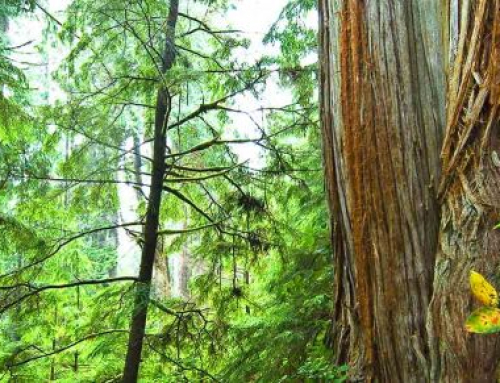
Clive Bailye, winner of FCT’s Farmer of the Year Award (2016), talks about the soil.
We asked Jonathan Smith, Director at Farm Carbon Toolkit, who also runs a market garden on the Isles of Scilly, to tell us about life in the soil and how it relates to carbon levels and human health.
Carbon Savvy: What kinds of life do you find in soil?
Jonathan Smith: In a teaspoon of soil there are more organisms than there are people on the planet. It’s an extraordinary thing to get your head around. The soil is an ecosystem with bacteria, fungi, protozoa, nematodes, earthworms, microbes and insect life. These life forms are feeding off organic matter that’s coming down from plants, animals and other insects and descend to the soil, and they build that into a stable base for plants to grow in. There’s a huge, huge variety of life in the soil.
CS: What are the key activities of these life forms?
JS: They recycle nutrients that come in as organic matter, mineralise nutrients from rocks and carry them to plants, create structure, provide aeration and manage water by creating the porous space which enables water to be absorbed and also to drain away. They also cultivate the synergies between plants and microorganisms that are essential for supporting plant life. If we look at a forest and how all the plants, trees, animals and fungi interact, the same thing is going on below the surface in the soil, but with even more diversity of life forms.
CS: How does soil life interact with atmospheric carbon?
JS: As trees or any plants photosynthesise they draw in carbon dioxide. This is part of their growth. It gets transmitted down through their roots in the form of sugars and carbon and this feeds soil life. The soil microbes take the carbon and turn it into a stable part of the soil’s structure. But intensive agriculture has been depleting the organic matter which holds carbon. If we turn that around and actually increase the organic matter in soils, a huge amount of carbon can be sequestered – and that’s also a win for plant growth, soil health, water management and biodiversity.
CS: How does soil life affect human health?
JS: The scientist Sir Albert Howard wrote that, “Soil health, animal health and human health is one indivisible whole”. If you have a healthy soil you will produce healthy plants and animals, and from that humans can flourish as well. Many studies show that huge amounts of fruit and vegetables are severely depleted in nutrients. If there are no healthy nutrients in the soil, the plants can’t absorb them – it’s as simple as that. So we are eating food that has insufficient nutrients for our health. When health practitioners talk about needing supplements, that’s actually a failure of the food system – we should be able to get everything we need from what we eat.
CS: What about the impact of soil contamination on human health?
JS: The problem with chemical inputs such as artificial fertilisers, pesticides and herbicides is firstly that they are harming soil microbes, and secondly they do not add organic matter to feed the soil’s ecosystem. This is a double whammy because soil that is low in organic matter is less stable and holds fewer nutrients, leading to a downward spiral. There’s also a lot of contamination from weed killers in the crops that we eat. “Roundup” is the most common one, which has been found in urine samples of the majority of US citizens, and these chemicals are damaging to human health. Chemicals are going from our food systems into our foods and into our bodies.
CS: As buyers of food, what can we do to help restore healthy soils?
JS: Two things. Firstly, buy food which is certified organic whenever possible because you know it doesn’t have any artificial chemicals, and because organic farmers and growers are required to take care of soil health. Secondly, connect with the farms where you buy your food – there may be somewhere local to you which has really good soil management practices and you’ll only find out if you go and talk with the farmers. There are more and more farms that are taking care of their soils.
A big thank you to Jonathan for telling us about healthy soil.
For more information, visit https://farmcarbontoolkit.org.uk/





